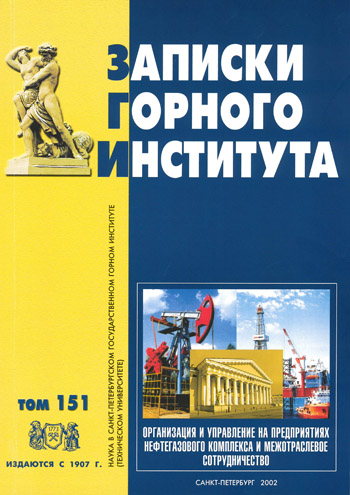Fundamentals of analysis of the structure of the mineral resource complex of the North-West region
- 1 — G.V. Plekhanov Saint Petersburg Mining University
- 2 — G.V. Plekhanov Saint Petersburg Mining University
Abstract
The Northwest region of Russia presents a variety of deposits and structural-formation conditions of their formation: the territory includes fragments of the Baltic crystalline shield, the East European platform, the Pre-Ural marginal trough, the Ural folding belt, the shelf zone of the Barents Sea. These structural areas differ in geological structure and mineralogical specialization, but also have a number of common features. From the position of system analysis, a hierarchical series of geological objects: mineral deposits and occurrences, ore fields, structural-metallogenic zones in their genetic unity is taken as elements. Combination of externally heterogeneous objects (hydrocarbon deposits, solid combustible, ore and non-metallic mineral resources) required the development of conceptual apparatus, theoretical and methodological foundations of the analysis of the general system of mineral resources of the region. The concept of ore formation as a conjugate process proposed by V.S.Golubev (1993) was used: ores with high content of components are formed in the highest gradient ore-forming systems, and the scale of ore mineralization manifestation correlates with the amount of heat entering the ore-forming system. Such conditions occur near the boundaries of different geospheres or local geochemical barriers. Deep (mantle) heat and mass flows determine the leading energy side of the process. Large syn-metamorphic mineral deposits, as well as large oil and gas fields, are controlled by local tectonic structures. Middle Paleozoic (DgZ) endogenous activation is manifested in the region, with which unique deposits of apatite-nepheline ores (Khibinskaya group), ore-metal and rare-earth mineralization (JIo vozersky massive), diamondiferous kimberlites of Arkhangelsk region, a number of carbonatite deposits of Karelian-Kola region are connected.
